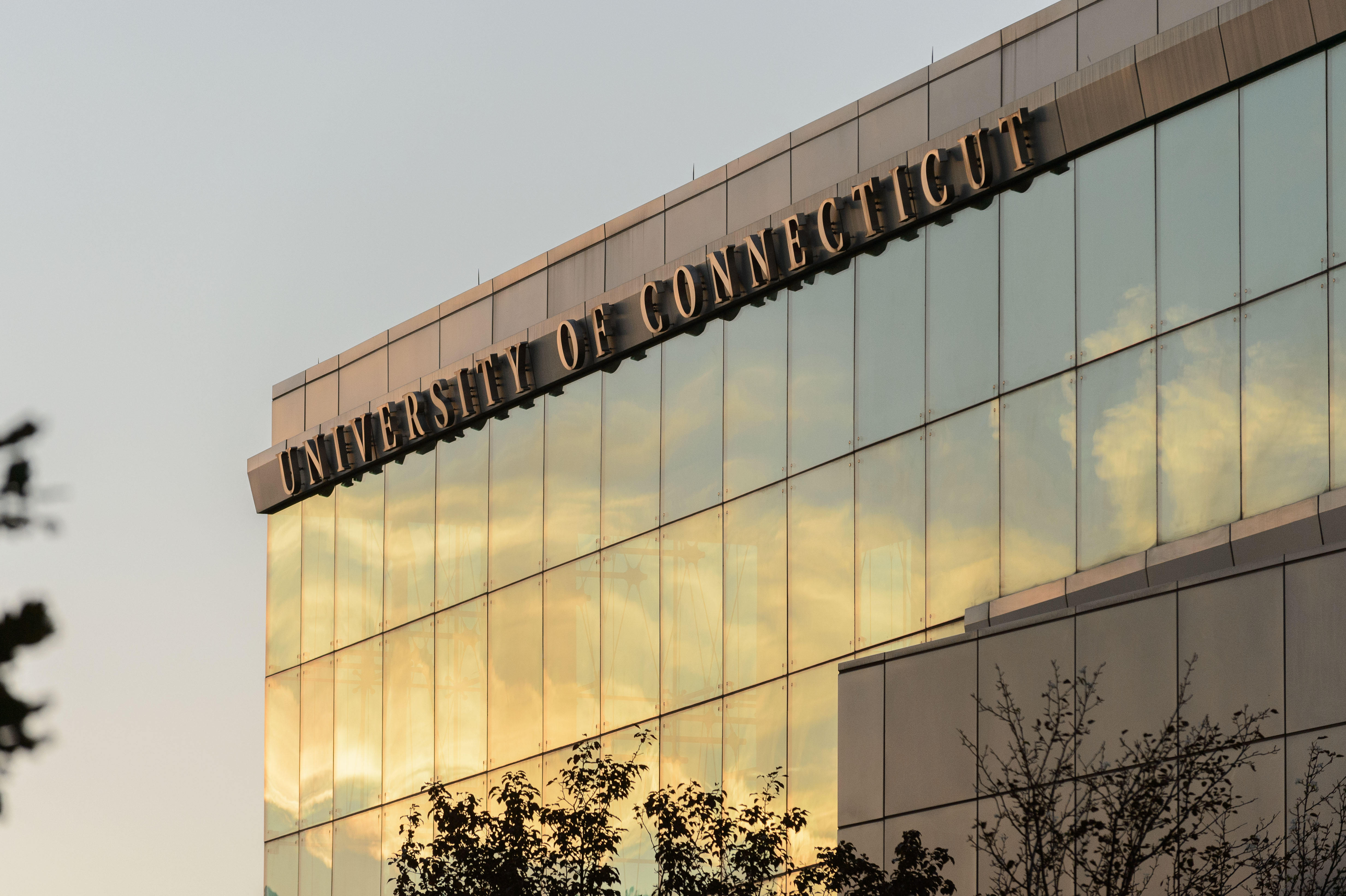Connecticut residents recovering from COVID-19 could start moving as soon as this weekend into one of UConn’s Stamford residence halls, one of several ways in which the University is helping the state respond to the global pandemic.
The Board of Trustees unanimously approved a legal agreement Thursday to sublease the residence hall at 900 Washington Blvd. to the City of Stamford, which will operate the 116-unit building as a place where recovering coronavirus patients can rest after their hospitalizations.
The occupants will be people who have been treated and discharged, but who still test positive for COVID-19 and need places in which they can recover in isolation without potentially exposing family or others to the illness.
UConn had recently packed and cleaned all of the rooms in the Washington Boulevard residence hall because the state had intended to use it as part of its coronavirus response. However, when it became clear that the Stamford community had immediate and pressing needs, all parties agreed to quickly change the approach.
“Our role in serving the local community is hugely important, and when they come asking for something like this, it’s critical that UConn is able to pivot quickly to be able to help out,” UConn Board of Trustees Chairman Dan Toscano said Thursday.
Under the UConn’s sublease agreement with Stamford, the city will operate the six-story residence hall, including determining who will live there and later absorbing any costs incurred by UConn due to the City’s use of the building. Stamford officials will also arrange to have food and other items delivered directly to the recovering patients so they can remain isolated in the rooms as they rest and recover.
The building, which UConn opened in 2017, is centrally located in Stamford and offers apartment-style units with kitchens and other amenities. More than 300 students had lived there before the pandemic forced UConn to change operations last month.
Fifty of those students were granted permission to remain in student housing – mostly international students and others who couldn’t return home – and they were moved from that property to UConn’s other residence halls on Prospect and Franklin streets. Belongings from the other Washington Boulevard units were packed and are being stored until they can be safely returned to their owners.
UConn has also packed and cleaned 333 rooms in residence halls at the UConn Storrs campus for potential use by the state or other entities if they need housing for medical personnel, recovering patients, or other people.
As is the case at Stamford, the students who remain in housing at UConn Storrs are primarily international students, those who either have no safe home to which they can return, or who face various circumstances that prevent them from going home.
“We will never put a student out who does not have a place to go, and that applies to Stamford as well as Storrs,” Eleanor JB Daugherty, UConn’s dean of students and associate vice president for student affairs, told trustees Thursday.
State officials also have looked at the gymnasium at UConn Avery Point as a potential place to add beds for COVID-19 patients if that region needs the capacity, although eastern and southeastern Connecticut so far have been spared the large numbers of hospitalizations seen in Fairfield County and elsewhere in parts of Connecticut.
UConn has also gathered thousands of items of PPE (personal protective equipment) from its labs, research offices and elsewhere for donation to healthcare workers, and members of the UConn community have been developing emergency ventilator prototypes, helping small businesses, and other actions in service, outreach and research.
The university also donated its perishable foods to Foodshare and local schools, has created virtual “career fairs” to help students keep job-hunting despite the current limitations they face, and many other actions.



